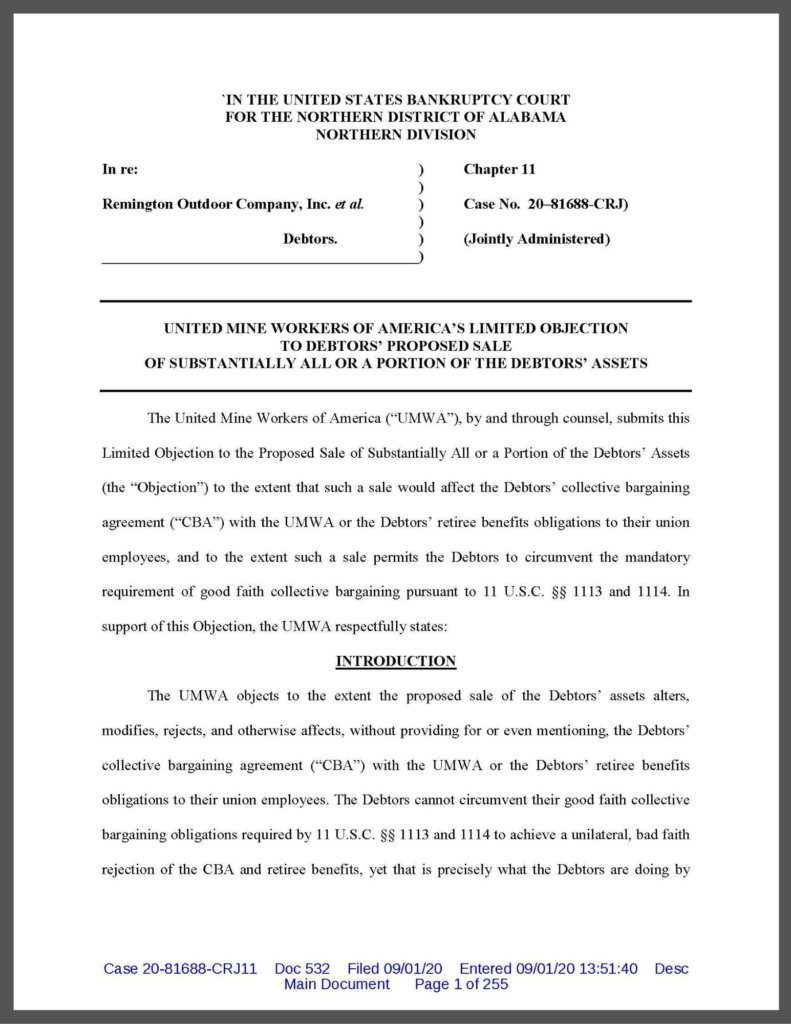Source: azcentral.
August 14, 2020
Following nearly two months of declining COVID-19 cases, the Navajo Nation on Thursday announced businesses could begin reopening in phases as early as next week.
Most businesses on Aug. 17 can begin operating at 25% maximum occupancy, according to a public health order from the Navajo Department of Health. This includes allowing drive-thru services only for dining establishments and permitting salons, barbershops, marinas and parks to reopen and operate by appointment only, the order states.
Youth programs, casinos and video poker, museums, flea markets, roadside markets, gyms, recreation facilities and movie theaters would remain closed, according to the order.
“Through contact tracing, we are learning more about the movement of the virus and we know that the fight is not over, but we have to find new ways to move forward,” Navajo Nation President Jonathan Nez stated in a news release announcing the order.
“We cannot rush to reopen the Nation. We must reopen slowly and cautiously, and most importantly, rely on the data and advice of our health care experts,” he continued. “When states reopened in May, we saw how quickly the coronavirus can re-emerge and spread and that’s what we want to avoid.”
The announcement came days before the expiration of the tribe’s executive order declaring a state of emergency and government closures until Aug. 16.
Meanwhile, the Navajo Nation’s 32-hour curfew remains in effect for the next three weekends along with its nightly curfew. All businesses are required to close during the curfews, officials previously said.
The Navajo Nation at one point was among COVID-19’s hardest-hit communities in the country. But cases have recently declined.
“The Navajo Nation has had 49 consecutive days with less than 100 reported daily cases of COVID-19, and 14 consecutive days under 50 daily cases,” Vice President Myron Lizer said in a separate news release on Thursday.
As of Thursday, the Navajo Nation had 9,394 identified COVID-19 cases and 478 known deaths. But nearly 7,000 people have had the disease and recovered, according to the tribe.
Navajo Nation reopening based on color-coded system
The health department’s order on Thursday was part of a larger plan to reopen the Navajo Nation in phases, according to the news release from the tribe’s executive branch.
The status of the tribe’s reopening would be based on a color-coded system in which each color represents a different level of reopening activity. The health department’s order, for example, declared the Navajo Nation to be in an orange status, or “moderate-high restrictions” status, the news release explained.
The other statuses were as follows:
- A red or “high restrictions” status: Grocery stores and laundry facilities are limited to 10 people or fewer; gas stations are limited to five people or fewer; and dining establishments can only offer drive-thru. Youth programs, casinos, museums, barbershops and hair salons, flea markets, roadside markets, marinas and parks, gyms, recreation facilities and movie theaters would remain closed.
- A yellow or “moderate-low restrictions” status: All businesses can operate at 50% maximum occupancy and marinas and parks by appointment only. Casinos, video poker and museums remain closed.
- A green or “low restrictions” status: All businesses can operate at 50% maximum occupancy.
The tribe’s reopening status would vary over time depending on its number of COVID-19 cases, its level of testing and its capacity to treat patients, according to the website. The tribe’s health command center, which is operated by its health department, would determine the tribe’s status.
The plan also outlines “best practices” to prevent the spread of COVID-19 and policies and procedures that businesses should implement during the pandemic, such as increasing building ventilation, adding plexiglass barriers, allowing flexible work schedules and giving employees flexible leave policies.
Reach the reporter at chelsea.curtis@arizonarepublic.com or follow her on Twitter @curtis_chels.
Written by: Chelsea Curtis






 The UMWA mourns Brother Jimmy Thomas, the President of UMWA Local Union 1928, who passed away from COVID-19 this morning.
The UMWA mourns Brother Jimmy Thomas, the President of UMWA Local Union 1928, who passed away from COVID-19 this morning.